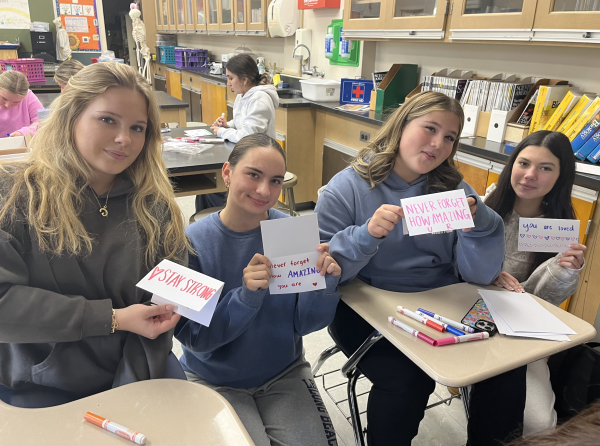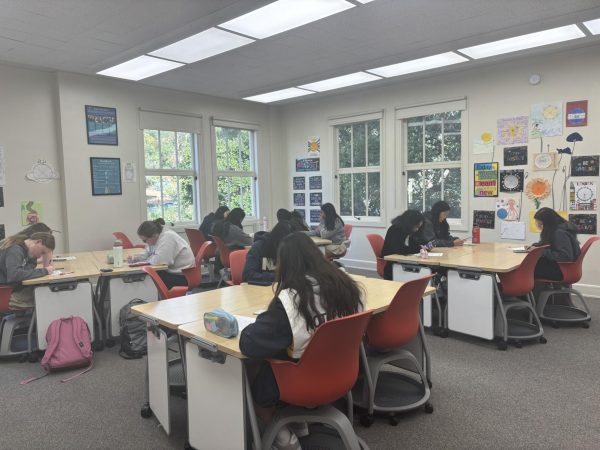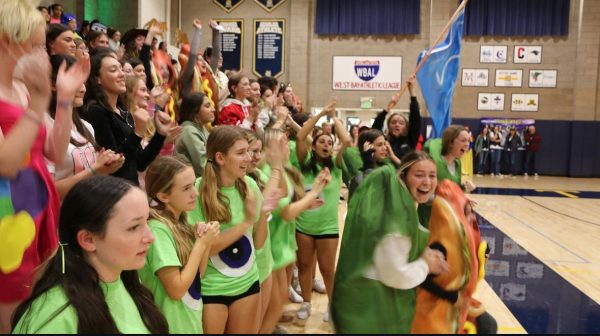Russia-Ukraine conflict: A comprehensive timeline of how it all started
The world is watching as Russia invades and destroys Ukraine, a country that once used to be their ally. Over the past 20 years, numerous events have led to chaos. These are all of the major events that have led up to this conflict.
August 24, 1991: Ukraine becomes an independent country
Shortly after the fall of the Soviet Union, Ukraine voted for independence with the overwhelming support of its citizens.
December 5, 1994: The Budapest Memorandum is signed
The Budapest Memorandum on Security Assurances was signed following Ukraine’s agreement to transfer all nuclear weapons from the Cold War to the Russian Federation, which made Ukraine a non-nuclear power. Aside from Ukraine, the document was signed by the United States, the United Kingdom and Russia.
November – December 2004: The Orange Revolution overturns election results
A presidential election was held between Viktor Yushchenko and Viktor Yanukovych, who was supported by Russia. Yushchenko was poisoned before the election but was able to recover. Yanukovych was declared President, but the election was widely seen as fraudulent. Ukrainians started to wear orange out on the street, which was Yushchenko’s campaign color. By December, the protestors were able to force a re-vote, which resulted in a victory for Yushchenko.
April 3, 2008: Russia fights Ukrainian NATO membership
In early April of 2008, NATO, a military alliance among 28 European countries and 2 North American countries that was established after World War II, hosted a summit that began with intense debate about extending a Membership Action Plan (MAP) to Ukraine. In order to gain membership to NATO, countries must first have a MAP. President Putin opposes Ukrainian membership, and after discussion, NATO does not offer Ukraine a MAP.
November 2013 – February 2014: Euromaidan protests prompt change in government
President Yanukovych, who ran for president again and won in 2010, changes political direction and begins to orient Ukraine toward Russia. This sparks widespread protests about perceived government corruption. Yanukovych flees to Russia, and the new leadership commits to orienting Ukraine toward the European Union.
February 2014 – March 2014: Russia takes over Crimea
Russia takes over Crimea, a Ukrainian peninsula, in the aftermath of the Euromaidan protests. Russian troops occupy key sites on the peninsula, wearing military uniforms with Russian insignias removed. This prompted international outrage and was condemned by the United Nations and the European Union.
April 21, 2019: Volodymyr Zelenskyy elected President of Ukraine
Volodymyr Zelenskyy defeated the pro-Russia candidate, Petro Poroshenko, in the presidential election. Zelenskyy’s campaign promises include ending the war with Russia and rooting corruption out of the Ukrainian government.
November 2021: Russian troops gather on the border of Ukraine
Satellite imagery showed a new build-up of Russian troops on the border with Ukraine and Moscow had mobilized 100,000 soldiers along with tanks and other military hardware.
February 21, 2022: Russia recognizes breakaway Ukrainian regions as sovereign
Putin recognized the Ukrainian regions of Donetsk and Luhansk that are Russian-backed as independent states and sent troops in.
February 24, 2022: Russia launches full-scale invasion of Ukraine
The invasion began in the eastern Ukrainian territory of Donbas. Zelenskyy declared martial law in Ukraine and officially broke diplomatic ties with Russia.

Natalie Nootbaar is currently a freshman at Notre Dame High School and is a Staff Writer for The Catalyst.
She enjoys reading and watching sports with...







